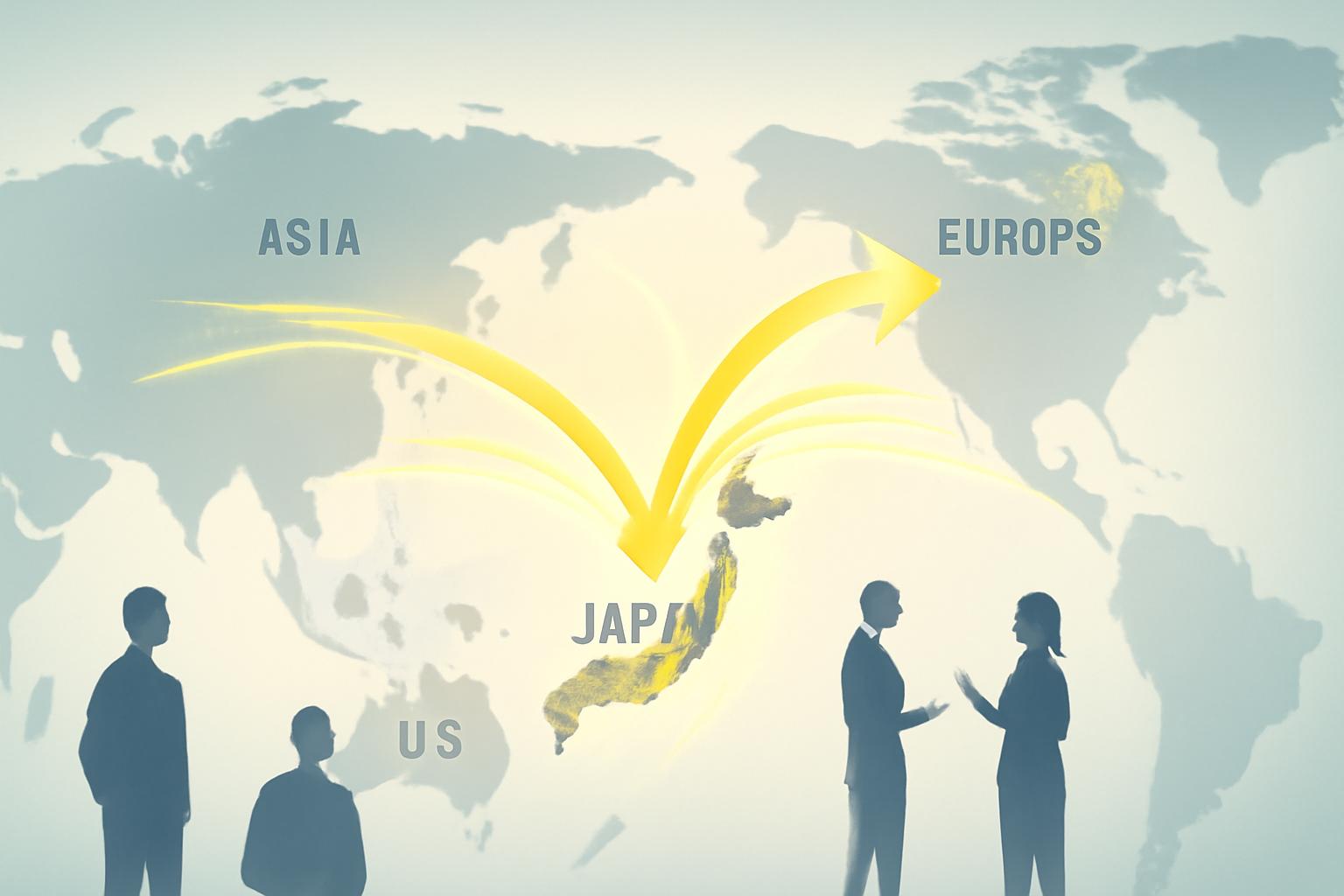Japan’s August Exports Contract Less Than Expected Amid Asian Market Recovery
Japan’s exports shrank for the fourth consecutive month in August 2025, but the decline was notably softer than anticipated, driven by a rebound in shipments to its largest trading region, Asia. The country’s exports fell by just 0.1% year-on-year, a marked improvement over July’s 2.6% drop and well above economists’ forecast of a 1.9% contraction.
Imports also declined, but at a moderated pace of 5.2%, compared to July’s 7.4% fall, though this exceeded the 4.2% drop expected by analysts. The export slowdown reflects multiple pressures including the impact of U.S. tariffs and a post-frontloading slump following early-year export surges.
Regional Trade Dynamics
Exports to Asia rose 1.7% year-on-year, signaling a recovery in demand within the region. Western Europe also saw a substantial 7.7% increase in Japanese shipments, helping to offset steep declines elsewhere. Conversely, exports to the United States fell 13.8%, a sharper drop than the previous month’s 10.1% decrease, despite a recent U.S.-Japan trade agreement that lowered tariffs from 25% to 15% in late July.
Automobile exports to the U.S., Japan’s largest export category there in 2024, continued their sharp decline, falling 28.3% in value year-on-year, only marginally better than July’s 28.4% drop. Meanwhile, exports to mainland China, Japan’s largest single-country trading partner, decreased by 0.5%, although shipments to Hong Kong surged 14.4%.
Economic and Political Context
The export data precedes the Bank of Japan’s rate decision scheduled for Friday, with expectations that the central bank will maintain its current 0.5% interest rate. The Nikkei 225 index reacted modestly to the data, declining 0.12% following the release.
Political uncertainties also loom as Prime Minister Shigeru Ishiba prepares to step down after the ruling Liberal Democratic Party lost its majority in both houses of parliament during recent elections.
Outlook and Expert Analysis
Marcel Thieliant, head of Asia-Pacific at Capital Economics, noted that while Japan’s exports have so far held up despite U.S. tariffs, export volumes could contract in 2026 amid weakening external demand. He cautioned that the headline export figures might overstate underlying strength, citing a drop in new export orders reflected in Japan’s August manufacturing purchasing managers index.
Thieliant forecasts full-year export growth of 2.5% in 2025 due to tariff frontloading but expects a 0.7% decline in 2026 as capital expenditure decreases in key export markets.
FinOracleAI — Market View
Japan’s August export data, showing a smaller-than-expected contraction, is a positive signal for the near-term trade momentum, particularly with the rebound in Asian and European markets. However, persistent weakness in U.S. shipments and the steep decline in auto exports pose downside risks. Investors should monitor upcoming Bank of Japan policy decisions and external demand indicators closely, as these will influence export volumes and broader economic growth prospects in 2026.
Impact: neutral













